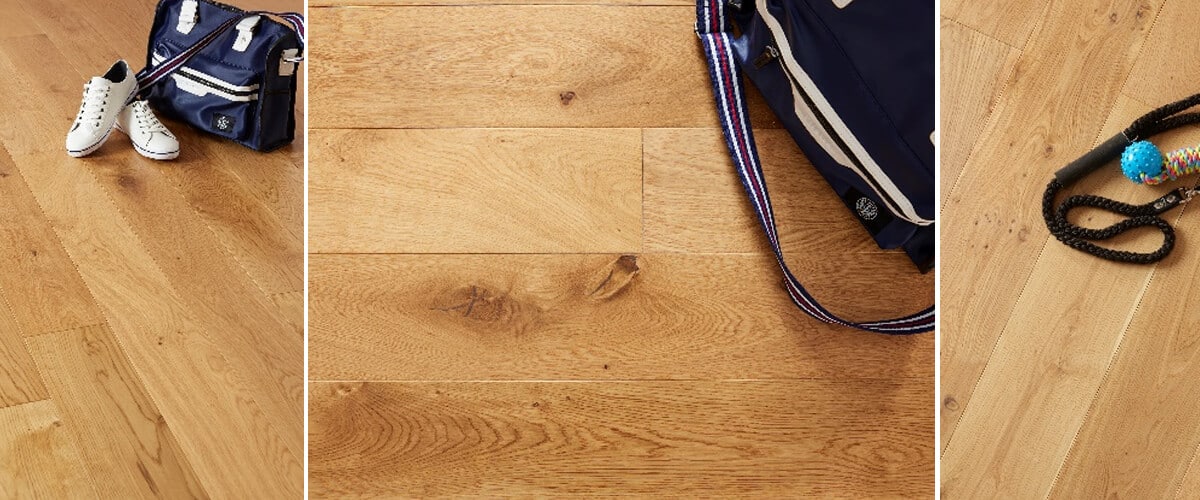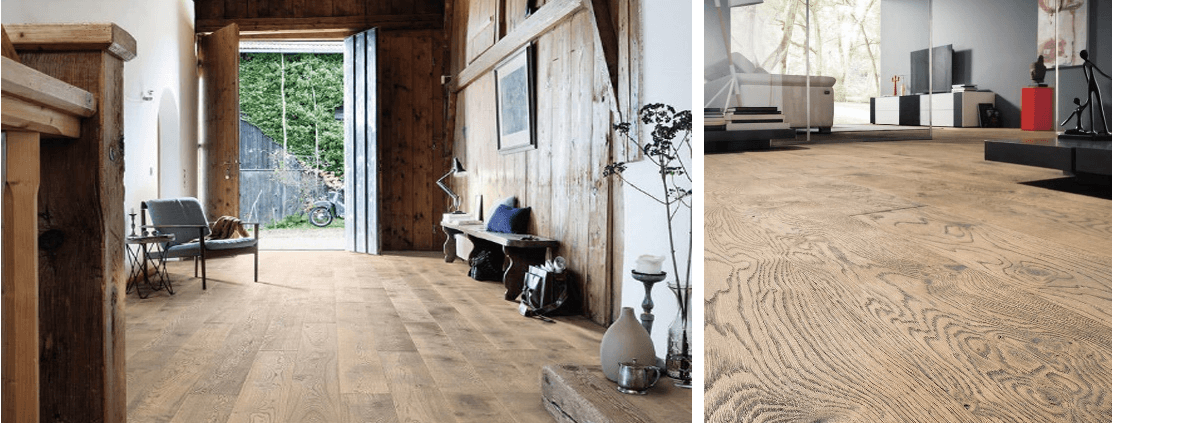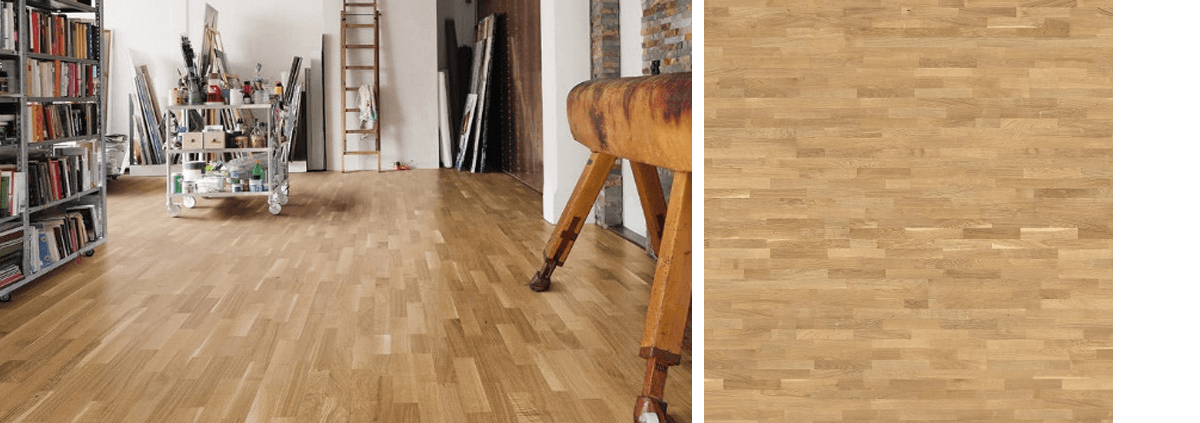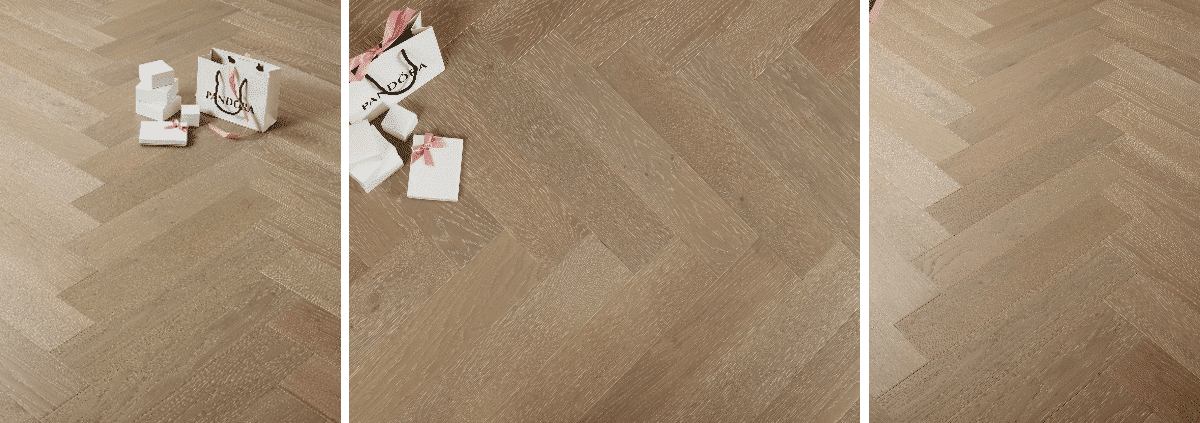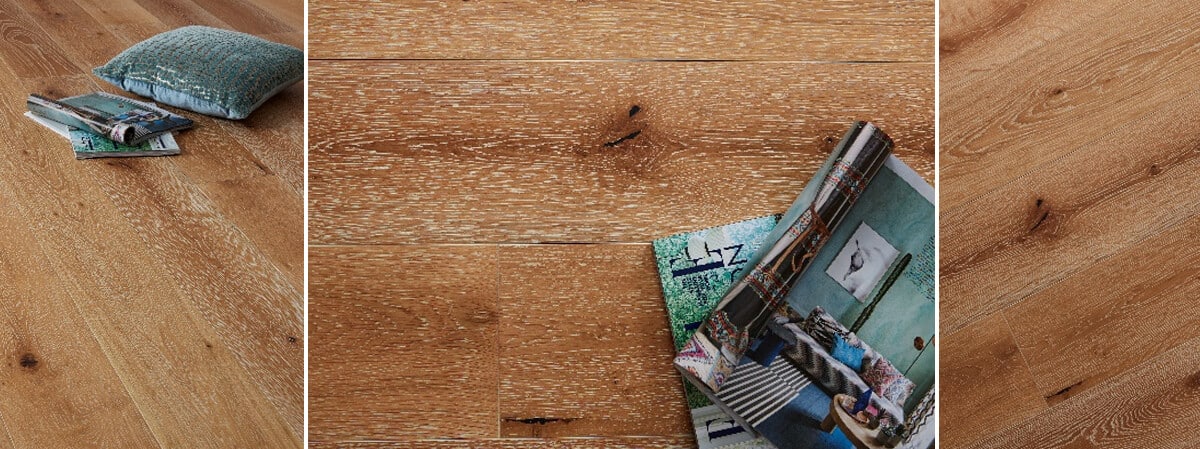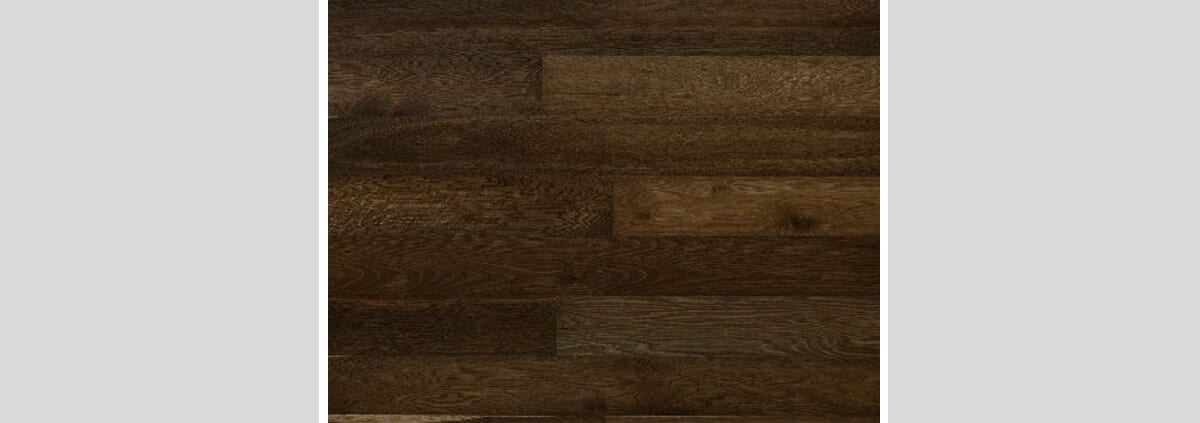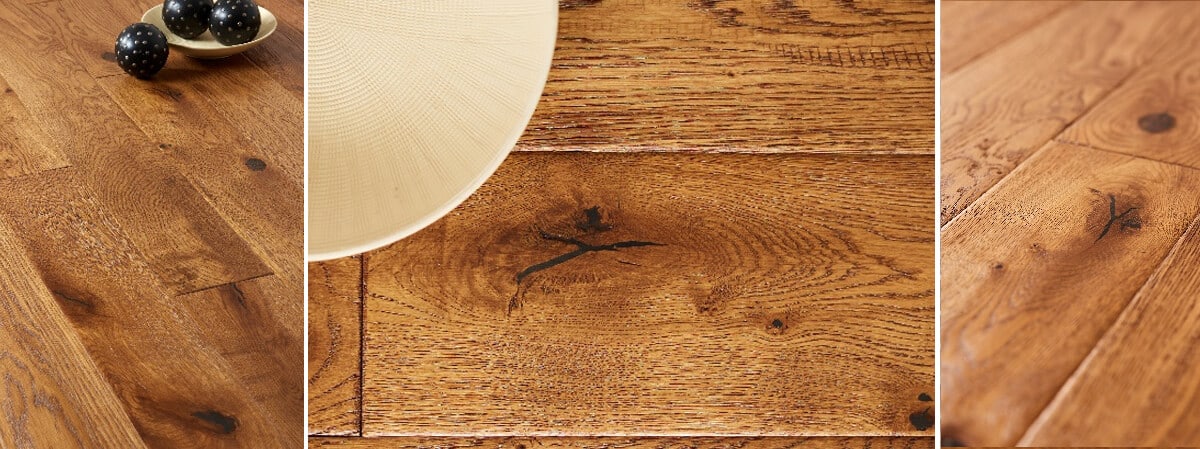Sanding Real Wood Floors – 7 Expert Secrets You Must Know
Sanding Real Wood Floors: Complete Expert Guide
Sanding real wood floors is among the most effective ways to rejuvenate the beauty and performance of your home’s flooring. When handled by professionals, the process eliminates dents, scratches, and years of surface wear, ultimately revealing a pristine layer ready for finishing. At Nationwide Hardwood Flooring Company, our team excels at restoring tired wood floors, as shown in our gallery of completed projects. For a deeper dive into essential sanding techniques, discover industry guidance at The Fine Art of Sanding.
Why Sanding Real Wood Floors Matters
Wood flooring significantly enhances property value, warmth, and interior style. However, daily use gradually dulls its finish. Regular sanding not only restores visual appeal, but also extends the lifespan of your floor by removing surface damage and preventing deeper deterioration. Explore more at our flooring blog and consult the National Wood Flooring Association’s maintenance guide for authoritative care advice.
Sanding becomes crucial when finish layers wear thin or visible scratches detract from comfort and appearance. This process readies your floor for a protective topcoat, enhancing both durability and beauty.
Understanding the Sanding Process
Sanding real wood floors involves removing the uppermost finish and a minimal layer of wood fibre, executed in multiple careful passes. Progressive sanding, beginning with coarse abrasives and transitioning to finer grits, ensures even results and prepares the surface for flawless finishing. Learn deeper principles of grit selection and sanding technique from The Science of Sanding.
- Step 1: Preparation – Clear the room and check for protruding nails or staples to protect sanding equipment.
- Step 2: Coarse Sanding – Start with a drum sander and coarse grit to remove old finishes and major imperfections. Refer to Wood Finishes Direct for a guide on grit choice.
- Step 3: Medium Grit Sanding – Progress to medium grits for finer smoothing and blending grain patterns.
- Step 4: Fine Sanding – Final smoothing with fine abrasives ensures the floor is ready for stain or sealant application.
- Step 5: Finishing – Apply protective options like oil, varnish, or lacquer. For floor finish tips, see our page on Blenheim Multi-Ply Flooring.
Best Equipment for Sanding Real Wood Floors
Professional sanding requires precision tools—such as orbital sanders, edge sanders, and robust dust extraction—to guarantee smoothness and ensure a clean workspace. Good dust control protects your home and the final finish; for practical insights and tool recommendations, see the HSS Guide to Floor Sanding.
Common Types of Real Wood Floors That Can Be Sanded
- Solid Oak Flooring
- Parquet Flooring
- Engineered Hardwood with a thick top layer – see Timbertop Engineered Flooring.
- Maple and Walnut Hardwood Floors
Each wood type has unique sanding considerations. Solid hardwood can usually be sanded multiple times, while engineered floors demand careful evaluation of wear layer thickness. To understand more about treating historic floors, the Historic England flooring guide is invaluable.
Sanding Real Wood Floors in London
London homes, particularly Georgian and Victorian residences, often have original timber flooring over a century old. These can be beautifully restored with expert sanding and refinishing. Nationwide Hardwood Flooring Company operates across all London boroughs—Camden, Chelsea, Wimbledon, and more—combining quality craftsmanship with appropriate historic floor treatment. For guidelines on listed properties and building regulations, see the UK Conservation Areas and Listed Buildings resource.
How Often Should You Sand Real Wood Floors?
Most wood floors can be sanded every 7–10 years based on foot traffic and use. High-wear zones or homes with children and pets may require more frequent light sanding to maintain surface smoothness and protection.
Essential Maintenance Tips After Sanding
Maximise the lifespan of sanded floors with these expert tips:
- Let finishes cure fully before replacing furniture.
- Install felt pads under all furniture.
- Use a lightly dampened microfiber mop, avoiding excess moisture.
- Renew sealant every few years. See the NWFA care guide for more tips.
- Add doormats to heavy footfall areas.
Cost of Sanding Real Wood Floors
Sanding costs depend on wood type, area, and chosen finish. Expect professional services in London to range from £20–£30 per square metre. Special finishes and stain treatments may increase the price. Nationwide Hardwood Flooring Company offers transparent, customised quotes—start with our contact form.
Eco-Friendly Floor Sanding Options
Choosing eco-friendly sanding means minimizing dust, selecting low-VOC finishes, and sourcing sustainable materials. For official government advice on green building materials and regulations related to flooring, visit the UK Sustainability and Net Zero Annex and read about certified wood at Wood Flooring Association Sustainability.
DIY vs Professional Sanding
While DIY sanding is possible, it risks uneven finishes and can reduce the floor’s lifespan if performed incorrectly. Reliable professionals deliver premier results, ideal sealant application, and optimal dust management. Curious about advanced sanding methods? See this guide to advanced sanding techniques.
Choosing the Right Finish After Sanding
The final finish influences durability, aesthetics, and ease of maintenance. The most common finish types include:
- Oil-Based Finishes: Deeply penetrating for enhanced grain and long-term protection. See our details on Barn Multi-Ply Flooring.
- Water-Based Finishes: Fast drying and best for lighter woods.
- Lacquer: Hard-wearing, suitable for busy spaces, as in Blenheim Multi-Ply Flooring.
- Hard Wax Oils: Offer a matte, natural look—ideal for Chalfield Multi-Ply Flooring.
Benefits of Professional Sanding
- Delivers a smoother, more durable finish.
- Enhances wood coloration and grain.
- Extends flooring lifespan – learn how at our expert articles.
- Removes scratches, dents, and surface stains.
- Promotes better indoor air quality through dust control.
Local Expertise in Sanding Real Wood Floors
Our flooring technicians combine decades of local expertise in greater London with specialist equipment and a proven record of heritage building restoration. For guidance on authenticity and listed floorboard care, refer to Historic England’s advice and learn more in our installation services guide.
How to Prepare Your Home for Sanding
Careful preparation sets the foundation for sanding success. Remove furnishings, seal unused doors to control dust, and ensure sockets are accessible. For extra preparation tips, browse The Complete Beginner’s Guide to Floor Sanding.
Signs Your Floor Needs Sanding
If you notice deep scratches, fading, water stains, or raised grains even after cleaning, sanding may be necessary to restore both appearance and performance—and avoid costly replacements.
Enhance Home Value Through Floor Sanding
Refinished wood floors can boost property resale value. Estate agents across the UK often highlight original, expertly restored floors as key selling points. Learn about the benefits from client testimonials and the Direct Wood Flooring blog.
Commercial Sanding Services
We offer robust sanding solutions for offices, restaurants, shops, and more, working flexibly to minimize downtime. Find real project examples at our completed commercial projects.
Popular Finishes for Real Wood Floors in London
- Matte lacquer for a natural, sophisticated contemporary effect, such as Loch Tay Multi-Ply Flooring.
- Dark oak stain for a classic, rich look—see The Primes Engineered Flooring.
- Clear oil finishes for enhanced warmth and brightness, available on Haro Engineered Flooring.
Nationwide Hardwood Flooring Company: Your Trusted Partner
With over 25 years serving London and its surrounds, we combine industry know-how, best-in-class equipment, and transparent pricing. Learn about our company values and commitment at our About Us page. For sustainable flooring practices in the UK, review UK government sustainability standards.
Contact our team at 07940 528 315 or send an email to enquiries@nhfcompany.co.uk. Receive a free quote or request a callback via our contact form.
Frequently Asked Questions About Sanding Real Wood Floors
- Can all wood floors be sanded? Most solid and engineered floors with thick wear layers can be sanded. For detail, see our expert FAQ section and the professional sanding guide.
- How long does sanding take? A standard room typically requires one or two days, including finish drying time.
- Will sanding create dust? Professional setups feature dust-extraction systems to minimize mess. For a dust-free experience, see the floor sanding beginner’s guide.
- Can painted or stained floors be sanded? Yes—proper sanding removes old layers to reveal bare wood, ready for restaining or resealing. See the blog for restoration stories.
Final Thoughts on Sanding Real Wood Floors
Sanding real wood floors offers both immediate beauty and long-term durability. Entrust your project to Nationwide Hardwood Flooring Company for expert craftsmanship, local insight, and eco-friendly practices. Ready to transform your floors? Call 07940 528 315, email enquiries@nhfcompany.co.uk, or use our contact page to request your consultation today.


